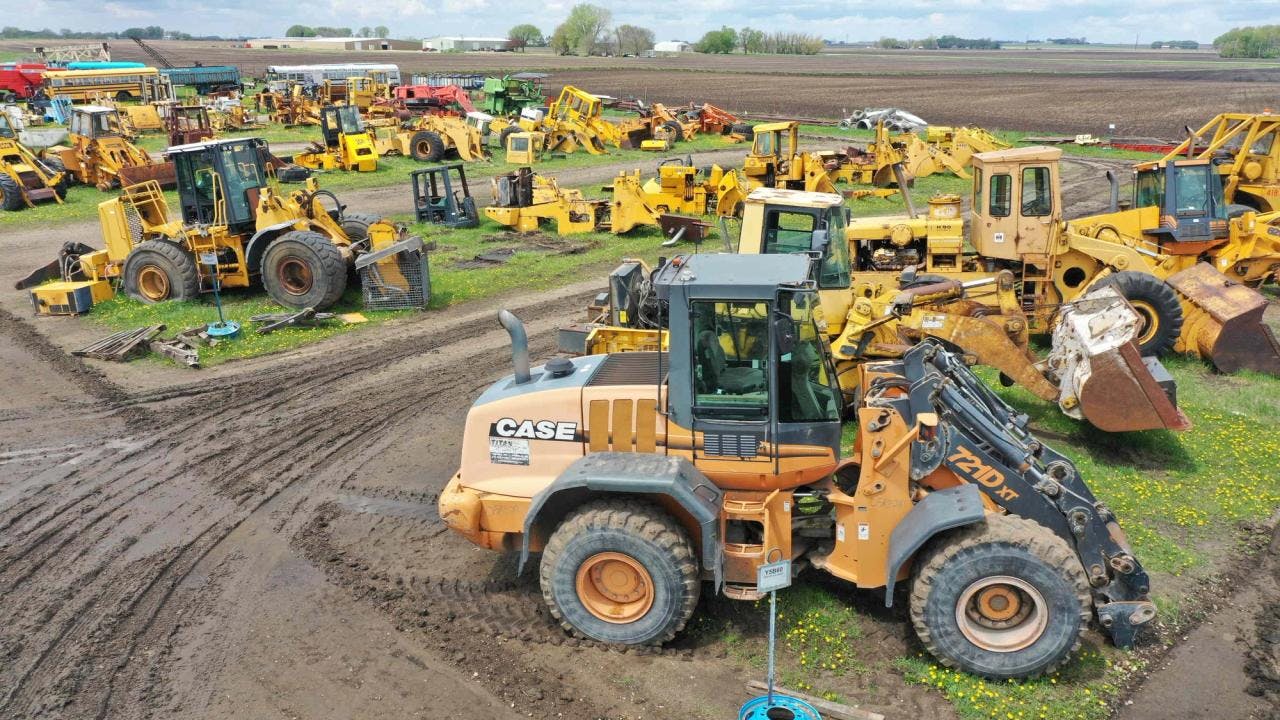Blog
Using a Digital Tool to Keep Track of Assets

One major input to the success of a construction project is using the right tools and equipment. These physical assets can include everything from heavy machinery to hand tools, and vehicles. These assets are often costly to purchase and maintain, and they are essential to the smooth operation of the business.
It is important for construction companies to keep track of their assets in order to maximize their value and minimize their costs. This includes maintaining accurate inventory records, monitoring the condition and usage of assets, and conducting regular maintenance and repairs.
By keeping track of their assets, construction companies can identify opportunities to optimize their operations and reduce expenses. For example, if a company notices that a particular piece of equipment is being underutilized, it may consider selling or leasing it to another company. Or if a company notices that certain assets are frequently breaking down, it may decide to invest in higher-quality replacements.
In addition, tracking assets can help construction companies maintain compliance with regulations and standards, such as those related to safety and environmental protection. For example, a company may be required to maintain certain types of safety equipment or to regularly inspect and test machinery for defects. By keeping accurate records of these assets, companies can ensure that they are meeting these requirements.
The Costs of Bad Asset Tracking
There are a number of potential costs that can arise from poor asset tracking, including:
- Loss or damage of assets: If a company is unable to accurately track the location and condition of its assets, it may be more likely to lose or damage them. This can result in direct financial losses, as well as disruption to projects and delays in completing work.
- Inefficient use of assets: Poor asset tracking can lead to inefficiencies in the use of assets, such as overuse or underuse of certain assets, or duplication of efforts. This can result in wasted time and resources, and can potentially affect the profitability of the company.
- Increased maintenance and repair costs: If a company is not effectively tracking the maintenance and repair history of its assets, it may be more likely to miss opportunities for preventive maintenance or to incur higher costs for unexpected repairs.
- Compliance issues: Poor asset tracking can also lead to non-compliance with regulations and standards, which can result in fines, penalties, and damage to the company's reputation.
The cost of poor asset tracking to a construction company can be significant, both in terms of direct financial losses and indirect costs such as project delays and reduced efficiency. It is therefore important for companies to invest in effective asset tracking systems and processes in order to minimize these costs and maximize the value of their assets.
Improve Asset Tracking
There are several ways that your construction company can improve its asset tracking:
- Implement an asset management system: An asset management system is a software tool that helps businesses track and manage their assets, including equipment, tools, vehicles, and other physical assets. An asset management system typically includes features such as inventory tracking, maintenance scheduling, and real-time location tracking.
- Conduct regular inventory audits: Periodically conducting inventory audits can help companies identify any discrepancies or discrepancies in their asset records. This can be done manually, or through the use of an asset management system.
- Establish clear asset tracking procedures: Establishing clear procedures for tracking and managing assets can help ensure that all relevant information is captured and recorded accurately. This may include procedures for checking out and checking in assets, as well as for conducting maintenance and repairs.
- Train employees on asset tracking: Ensuring that all employees are aware of and trained in the company's asset tracking procedures can help ensure that the tracking process is consistent and effective.
Overall, implementing an asset management system can greatly improve the accuracy and efficiency of asset tracking, and will save the company a lot of money.
Published: 6/29/2023
